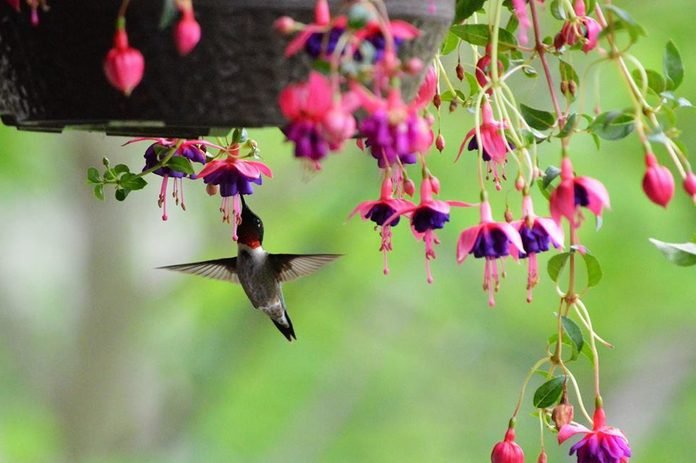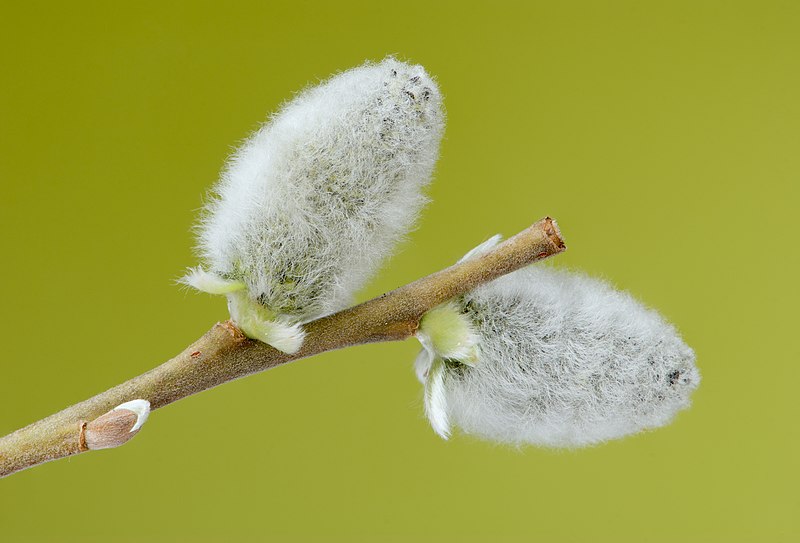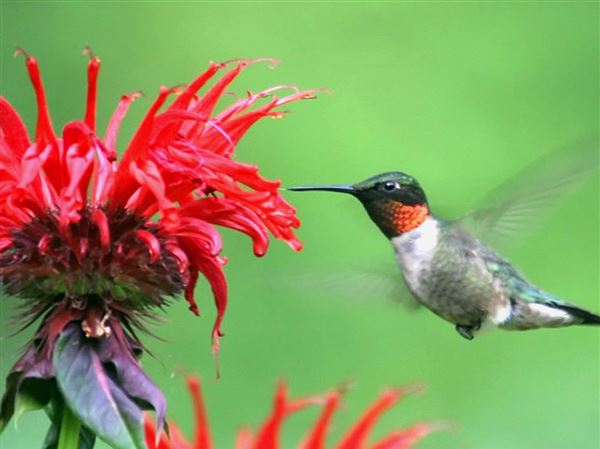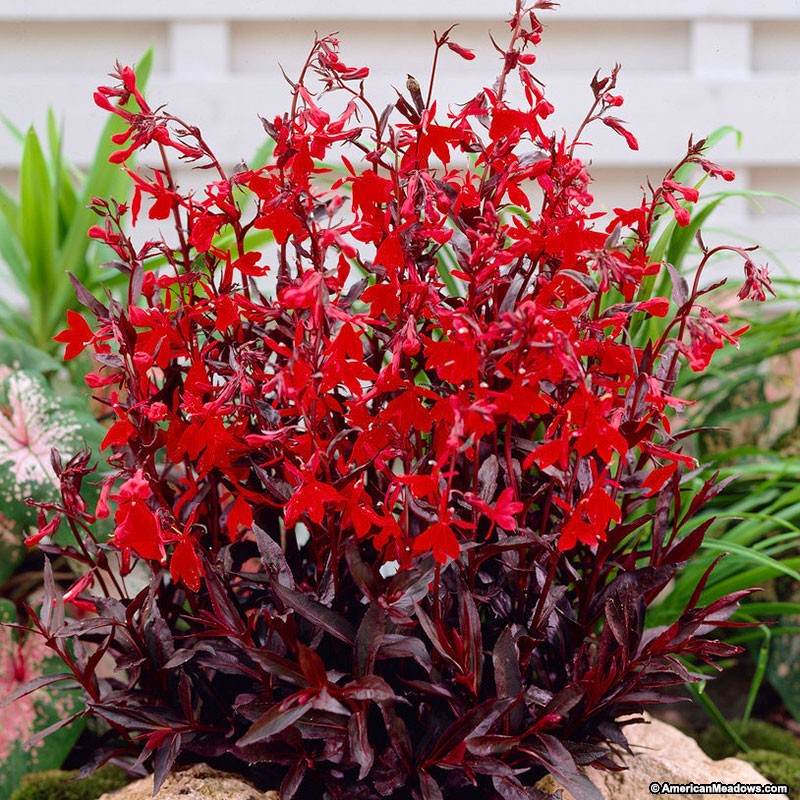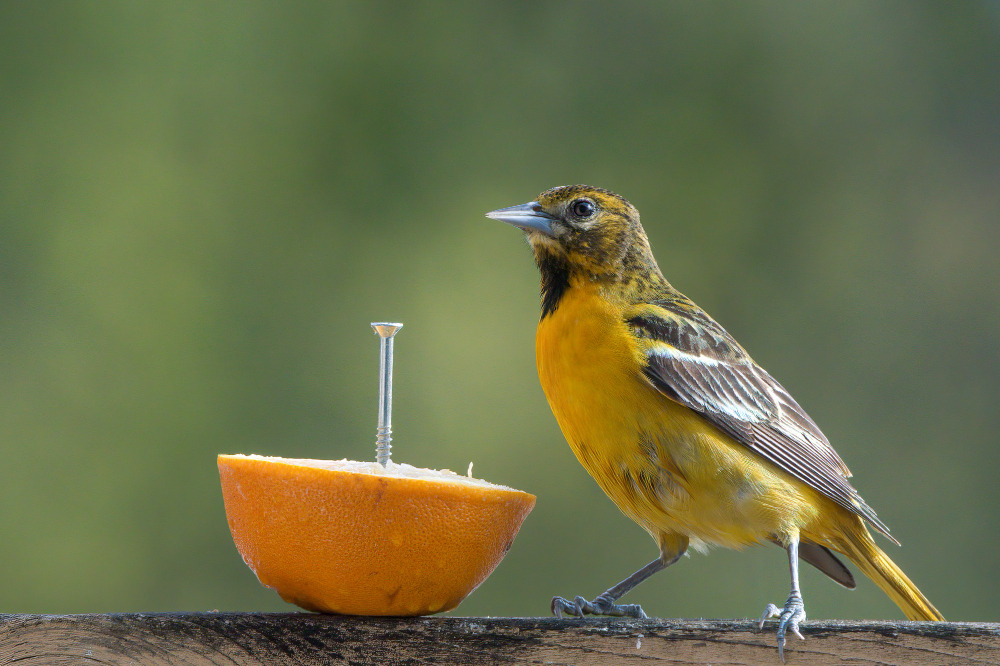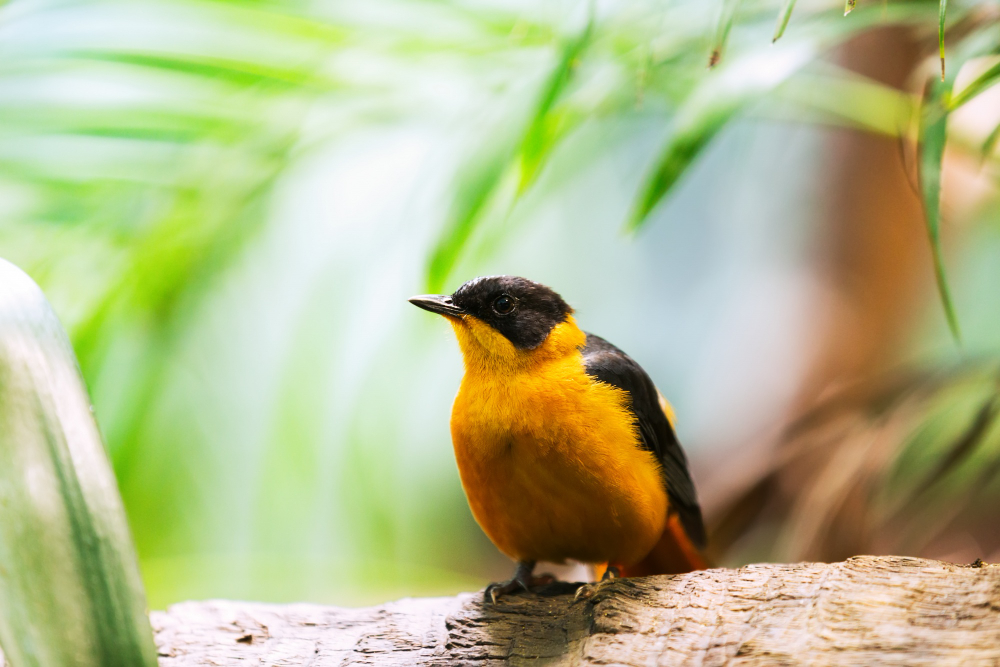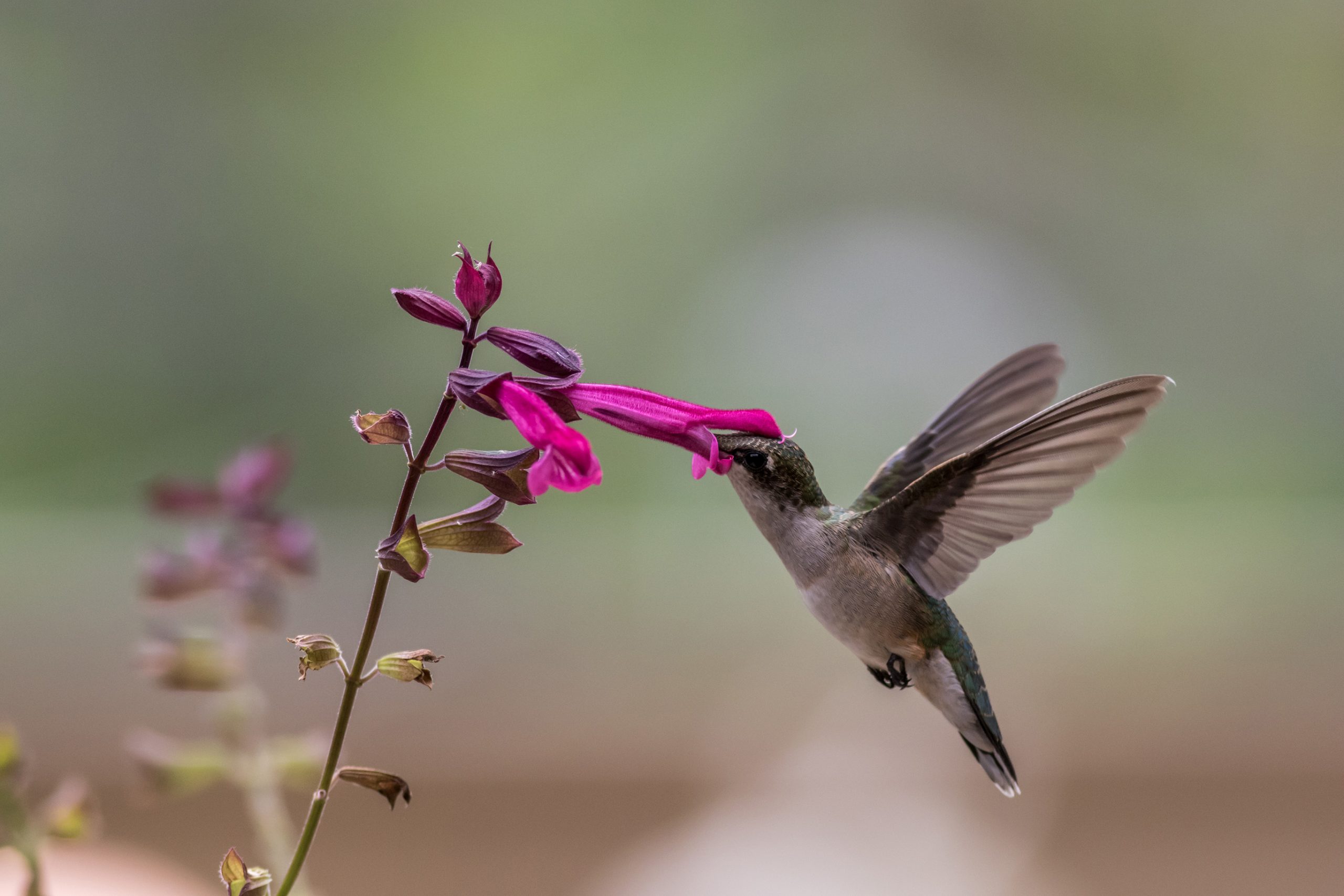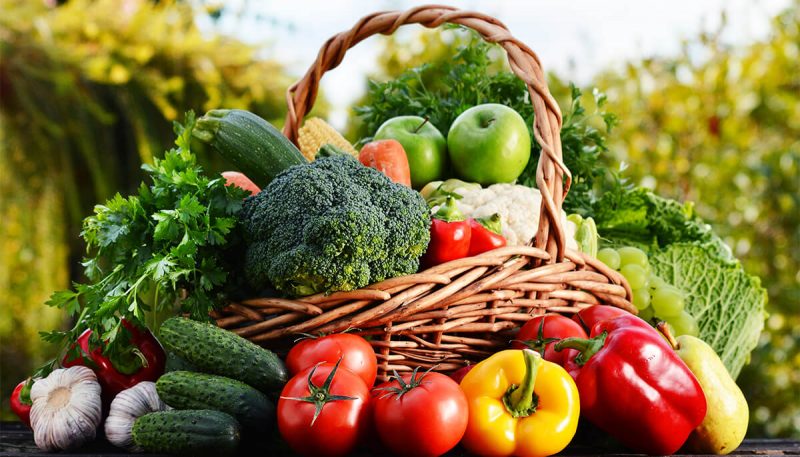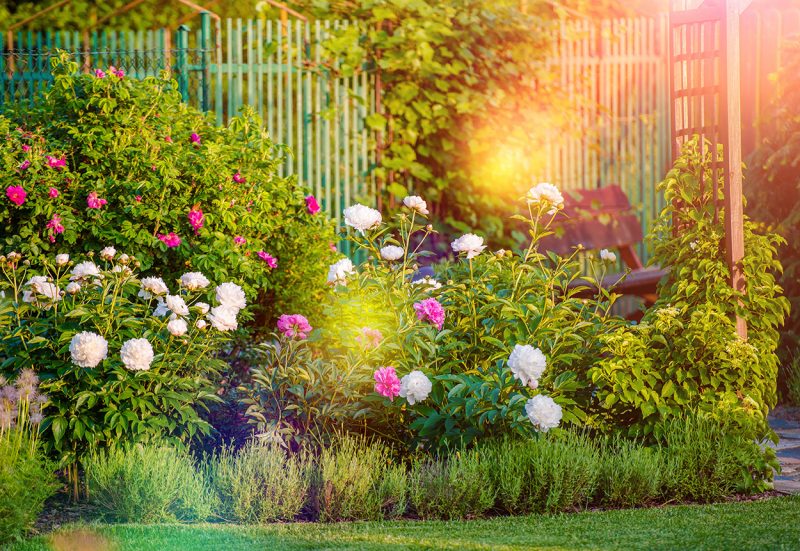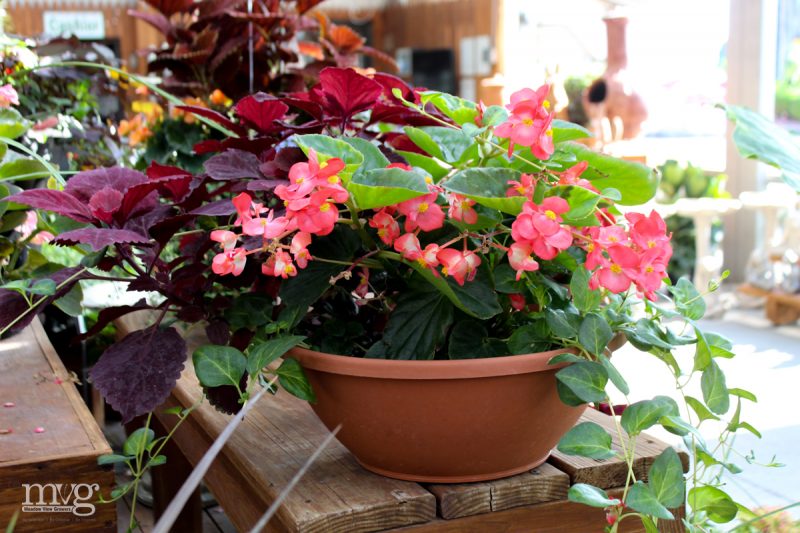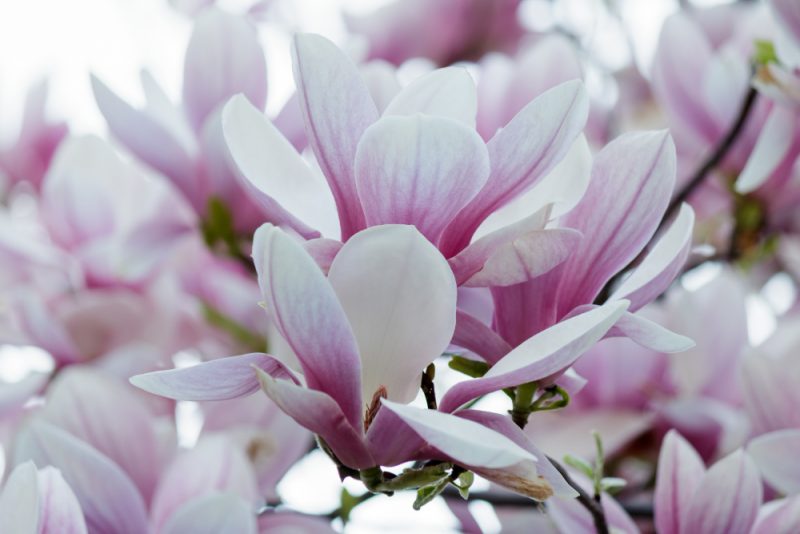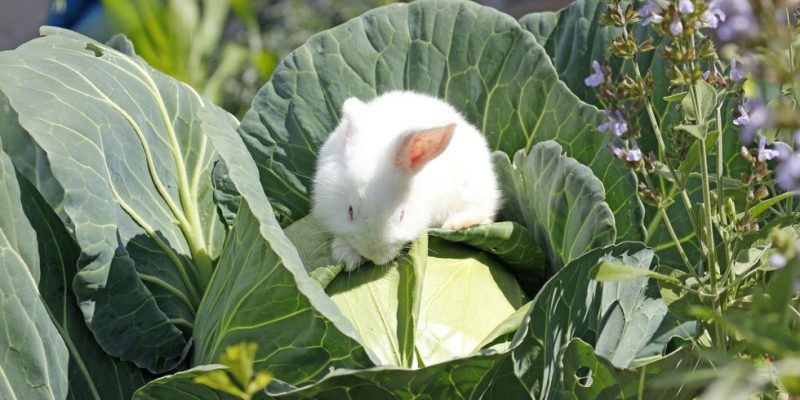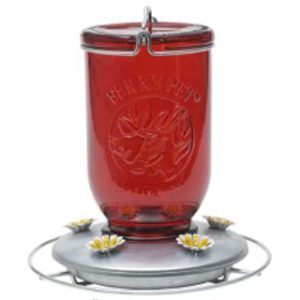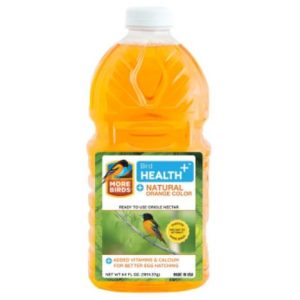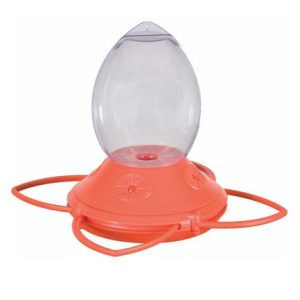
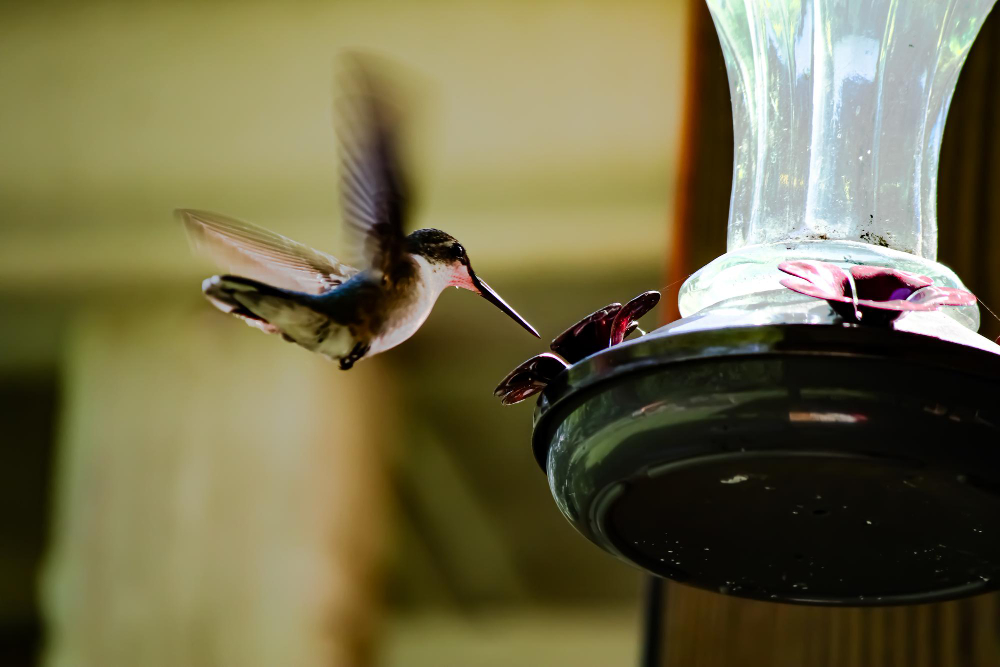
Hummingbird & Oriole Feeders
They are on the way! Some of the favorite birds that visit our feeding stations are beginning their annual spring migration northward.
Hummingbird and oriole feeders are both considered nectar feeders because they simulate flower nectar that these birds like to eat. In general, hummingbird feeders are red and have smaller holes and perches. Oriole feeders are orange with larger perches. Both can be filled with the same type of nectar.
Orioles and hummingbirds are migratory birds, so nectar feeders only need to be used during the spring, summer, and fall. Some southern and western states may have hummingbirds year-round. Place your nectar feeders out in March or April (earlier in the south, later in the north). Keep them out until about two weeks after you last see birds feeding at them.
Don’t forget to clean your feeders regularly.
Simply empty the feeder, take it apart, and then let each part soak in a bowl of soapy water for one to two hours. Scrub the feeder parts gently and then rinse with warm water.
After washing, make sure that your feeder dries completely before putting it back together and filling it.
Meadow View Growers offers a wide variety of birdhouses, feeders, and bird food: Purchase online for curbside pickup.
